Idea by
Joanne Preston
Call for ideas 2017
Rethink Garden Cities of Tomorrow
Rethink Garden Cities of Tomorrow
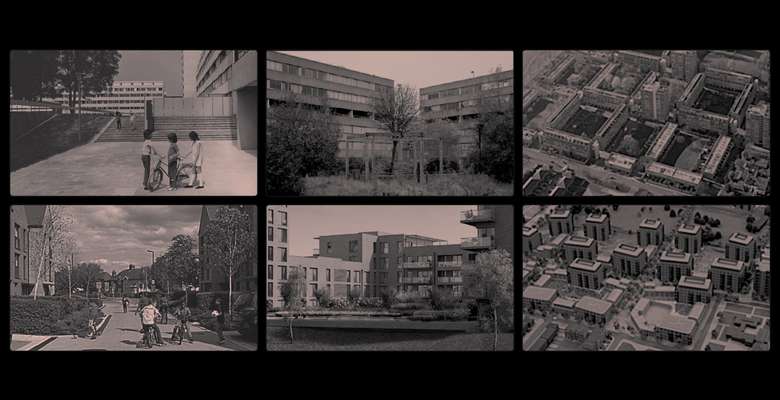
A recomposition of Ebenezer Howard’s garden city ideal—promising the best of town and country—is being exploited by developers of high density new-builds on the outskirts of central London. These ‘urban villages’ operate on sites of ‘regenerated’ (demolished) modernist social housing estates. Blurring the urban and the rural, these developments mask the unprofitable byproducts of neoliberal city life while simultaneously profiting from their proximity to its inflated real estate market. Their construction is a composition of the physical and semantic—bricks and mortar hold equal significance to the careful curation of signs, gestures, and cultural and class signifiers. These developments increase their own capital value by reinforcing heteronormative, middle class ideas of domestic life; benefitting those who conform while othering less profitable ways of being. Let’s call for humane housing and use architectural practice not to construct, but to expose London’s new suburbs as harmful
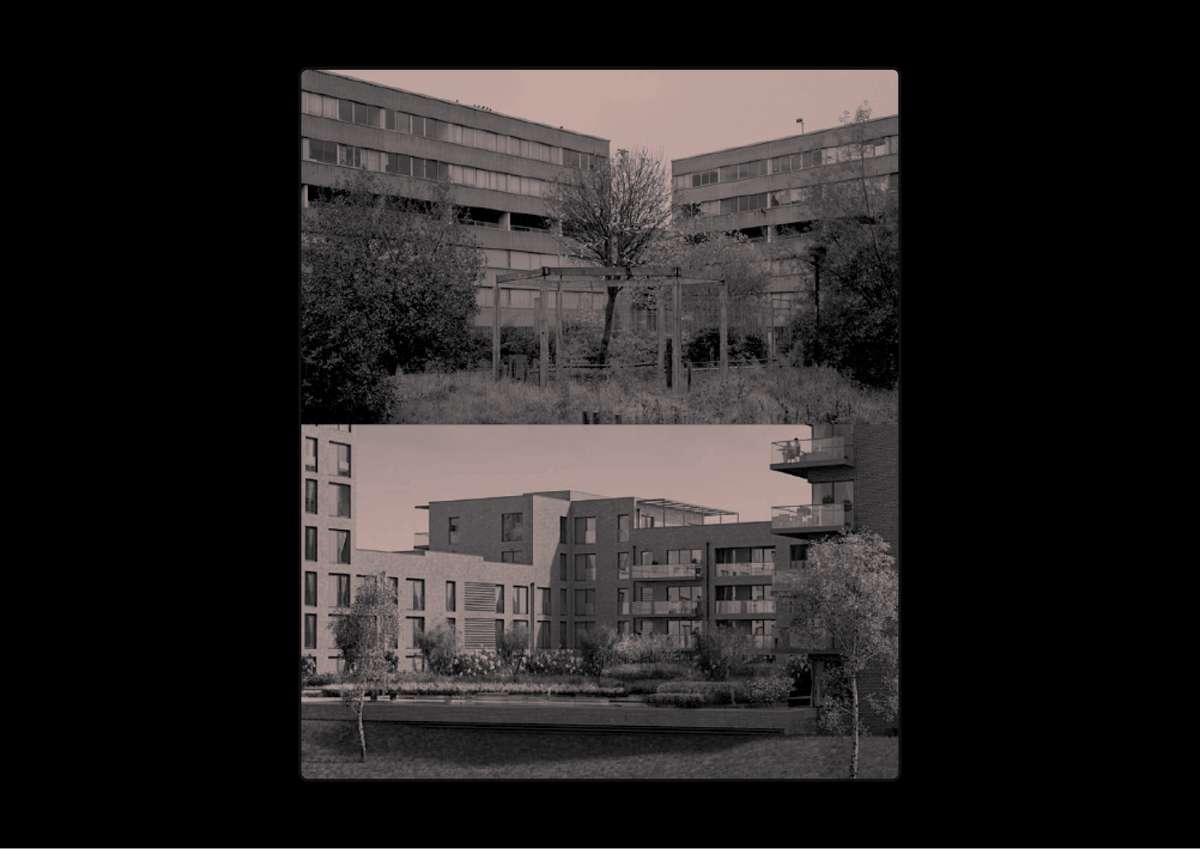
Top: the Ferrier estate in Greenwich, London. Constructed in 1968, the Ferrier was ‘regenerated’ (razed to the ground) in 2012 and the area rebranded as Kidbrooke Village, London's new garden suburb (below)
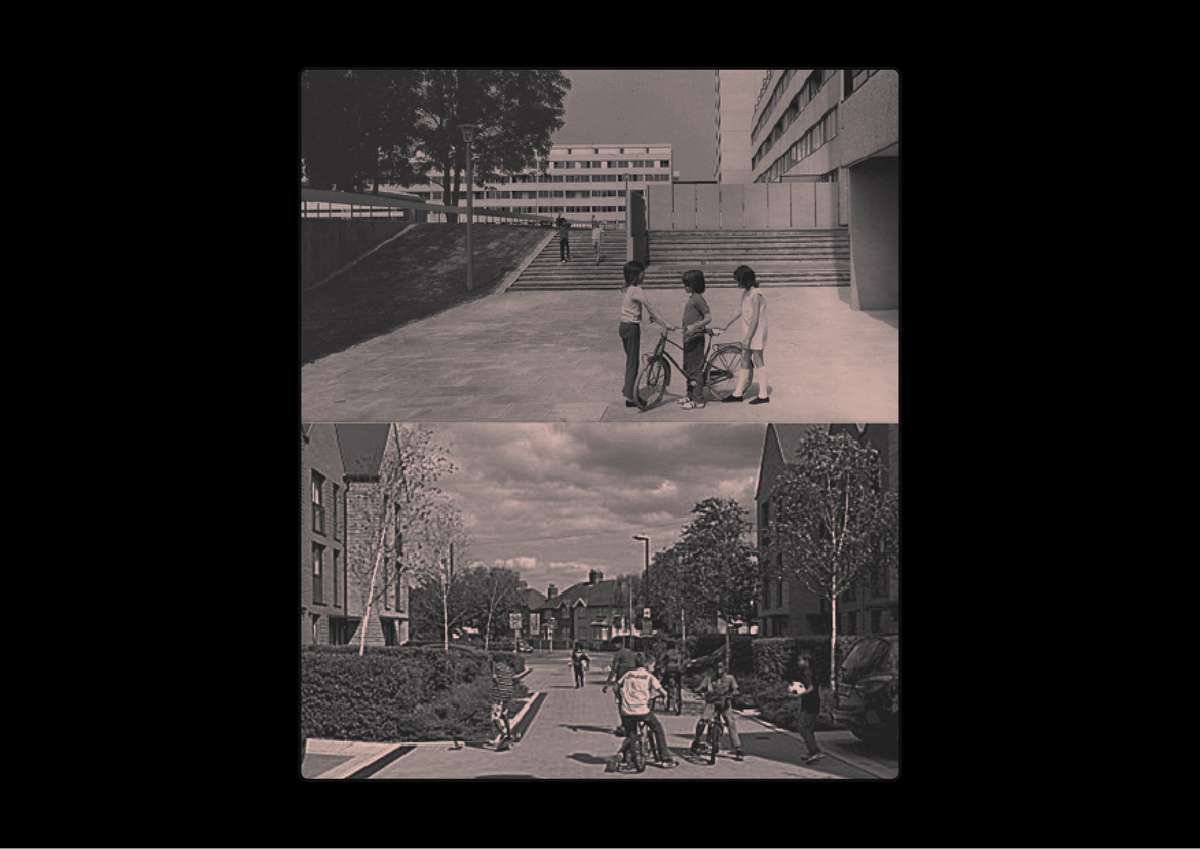
Top: the Ferrier estate in Greenwich, London. Constructed in 1968, the Ferrier was ‘regenerated’ (razed to the ground) in 2012 and the area rebranded as Kidbrooke Village, London's new garden suburb (below)
Rethink Garden Cities of Tomorrow
Rethink Garden Cities of Tomorrow

A recomposition of Ebenezer Howard’s garden city ideal—promising the best of town and country—is being exploited by developers of high density new-builds on the outskirts of central London. These ‘urban villages’ operate on sites of ‘regenerated’ (demolished) modernist social housing estates. Blurring the urban and the rural, these developments mask the unprofitable byproducts of neoliberal city life while simultaneously profiting from their proximity to its inflated real estate market. Their construction is a composition of the physical and semantic—bricks and mortar hold equal significance to the careful curation of signs, gestures, and cultural and class signifiers. These developments increase their own capital value by reinforcing heteronormative, middle class ideas of domestic life; benefitting those who conform while othering less profitable ways of being. Let’s call for humane housing and use architectural practice not to construct, but to expose London’s new suburbs as harmful
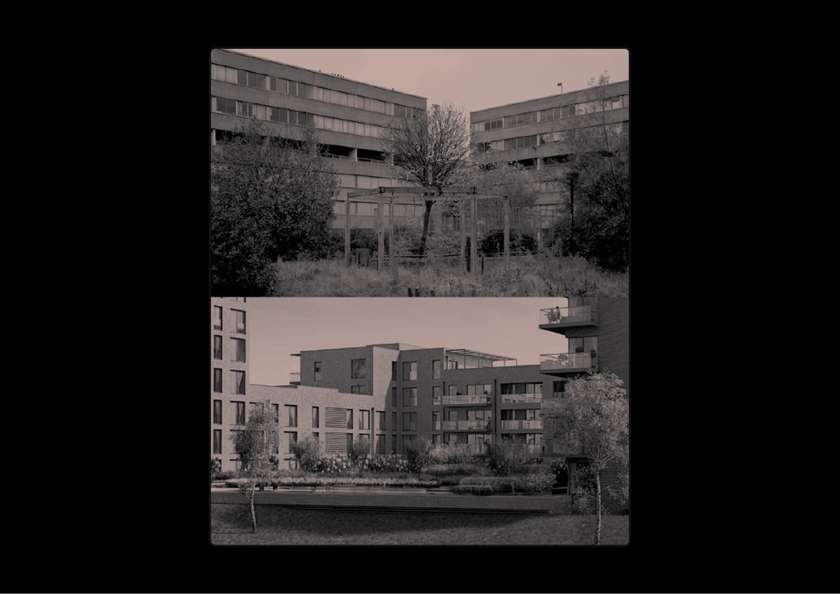
Top: the Ferrier estate in Greenwich, London. Constructed in 1968, the Ferrier was ‘regenerated’ (razed to the ground) in 2012 and the area rebranded as Kidbrooke Village, London's new garden suburb (below)
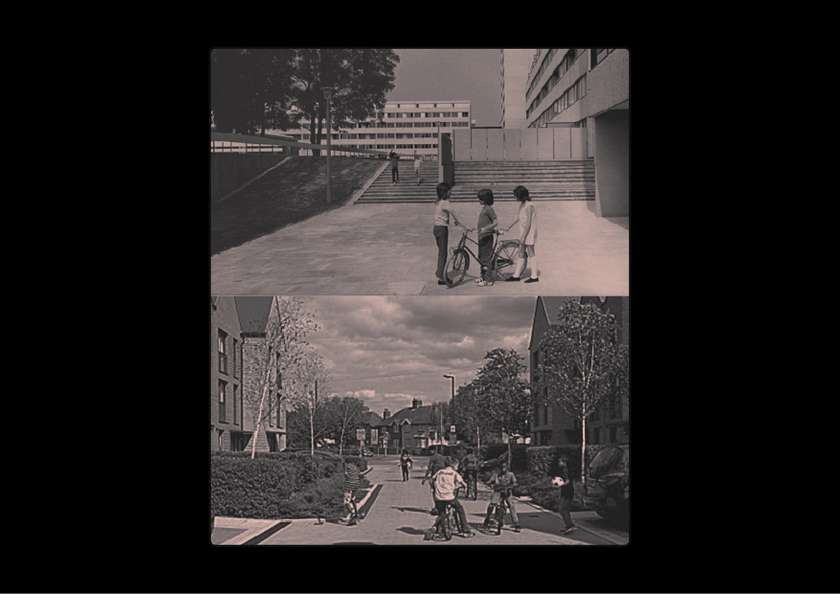
Top: the Ferrier estate in Greenwich, London. Constructed in 1968, the Ferrier was ‘regenerated’ (razed to the ground) in 2012 and the area rebranded as Kidbrooke Village, London's new garden suburb (below)